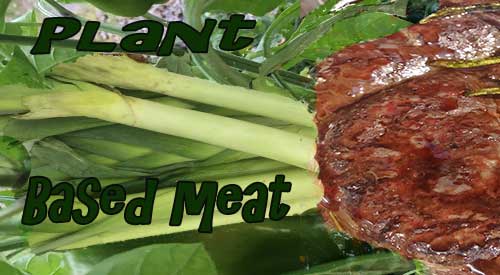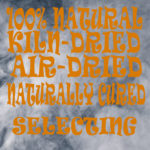Fri 2 Oct 2020
HOW TO FLAVOR YOUR PLANT-BASED BURGER!
Posted by DrSmokeRead other related stories: Cooking , General Smoking Information , Wood Cooking Methods
No Comments

Plant-based burger taste better when cooked with wood chips or wood chunks for added flavor!

What is a plant-based burger? There is no question that this has become the new rage. Plant-based burgers have been introduced not only to the grocery meat case in over 8000 locations but to thousands of restaurant locations world-wide.
It is a genetically modified version of heme, the iron containing molecule in soy plants, which is what accounts for a “meat” flavor. It also incorporates coconut oil and potato starch to give a more burger-like texture, something that has been a complaint with vegetarian or vegan patties. Brands like Impossible Burger® use a braiding of minerals, fats, and proteins to keep the burger from falling apart.
To compare an animal protein burger with a plant-based burger from a nutritional view, you’ll find that the plant-based burger may not always be the better choice. It really depends on the brand but know you should look at the saturated fat level and calories as the plant-based burger is not always lower than the traditional beef patty or even a poultry patty. Sodium levels should also be monitored.
Plant-based Burger- Make It More Like A Burger Experience
You may know that many people accept that there are two camps for cooking burgers: grill grates whether on a gas grill or charcoal, and a griddle whether on a stove top or on a griddle insert of a grill.
I would argue, however, that there is another camp. Those of us who believe in live fire with wood for cooking common items like burgers and dogs. This is how you take an average burger and maximize the experience of eating while creating a newness to a very popular American item.
The influence of plant material combustion and release of the flavonoid composition of this material is what can take your average burger to the next level. I don’t know how many times I’ve had dinner guests inquire how I made something like a burger taste so high quality. It’s only then that I reveal my use of hardwood, whether chunks in a smoker box, chunks directly on hot charcoal, or a sprinkle of wood chips on a griddle or plancha. Wood takes even the most basic food item and brings out umami.
Plant-based Burger- Grill Set Up
For the easiest cooking of your plant-based burger, start by setting up an outdoor grill with a two-zone cooking set up. That means one half of the grill has no burners lit for the gas grill, or no hot coals on one half of the charcoal unit.
Start the burger cooking by placing the plant-based burgers on the indirect side (no direct heat) and adding wood to the direct side. This is where a smoker box comes in handy on the gas grill, which I fill with small wood chunks. Close the lid and cook for about 7 minutes, unless the burger is particularly thick which would call for 10 minutes cooking. Open the lid and turn the burgers over still using the indirect side for cooking and allow to cook for another 7 minutes (or 10 for thicker cuts).
If you’re going to medium finish which is 145°F, then at about 125°F internal temperature, move the burgers to the direct heat side of the grill and cook leaving the lid up. This will sear the outside. Be sure to keep flipping the burgers every minute to ensure a perfect sear and not an overdone burger.
To me, this makes a plant-based burger even more of an authentic burger flavor with the simple addition of hardwood on the grill of your choice.
Have you tried and loved a specific brand of plant-based burger? Leave us a comment to state your preference and follow us or subscribe for more great recipes, techniques, tips, and the science behind the flavor. That’s SmokinLicious®.
SmokinLicious® products:
Wood Chips- Grande Sapore®, Minuto®, & Piccolo®
Wood Chunks- Double and Single Filet

More topics to read about:
–BOOST UP THE FLAVOR OF YOUR SMOKER BOX!
–GRILLING & SMOKING QUESTIONS/ANSWERS THAT MAY SURPRISE YOU!
–APPLEWOOD – WHY WE DON’T USE IT! – HERE’S WHY


